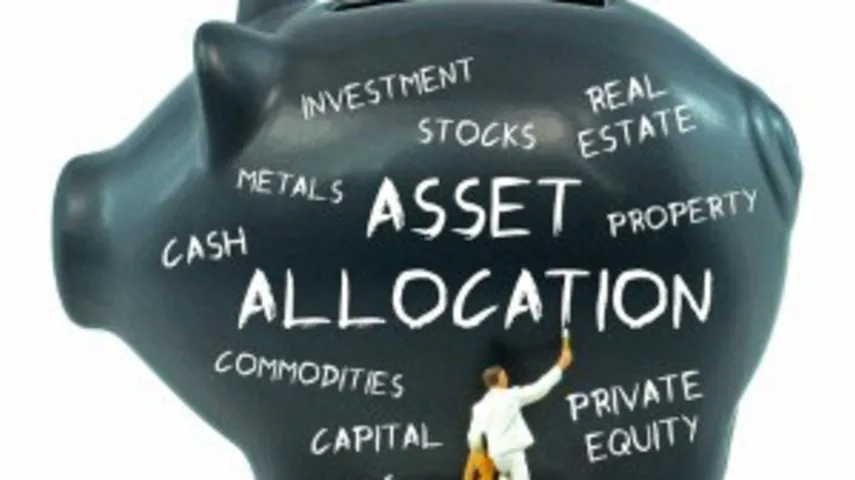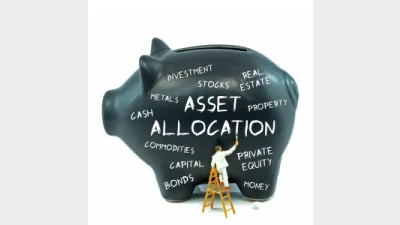Schroders moves to hold 50% of model portfolios in bonds



Bracing for the high likelihood of a recession, Schroders’ model investment portfolio in 2023 would be overweight bonds up to 50%, according to its top executives.
Whereas this year had been marked by inflation and interest rates driving markets, Simon Doyle, CIO and head of multi-asset, Australia, foresaw growth outlook as a key area of focus in the new year.
“I think it will be a challenging year for equities over the next 12 months and bonds could provide a more secure asset,” he stated.
Addressing the 60:40 investment model that had been under pressure, he observed that equities and bonds had generally “held together” to perform well up until the end of last year.
“While it depends on the portfolio, I’d certainly be overweight bonds, maybe 45%-50% bonds, and probably starting to go back underweight equities. For example, we’ve been underweight equities this year and generally underweight bonds, but we’re starting to add duration and build back bonds tactically,” Doyle elaborated.
Asset classes like fixed income, which had once been deemed “terrifying” as interest rates rose, were now becoming attractive amid recession risks, acknowledged Kellie Wood, Schroders’ deputy head of fixed income.
She said: “Products without a lot of duration risk have certainly been successful for most of this year. But as we enter 2023, the restoring of asset classes, like government and high-quality corporate bonds, are probably our two favourite asset classes.
“In an environment where we are setting ourselves up for recession, then you want to be owning duration-based fixed income, diversified fixed income products alongside absolute return. Fixed income products are certainly the flavour as we move into 2023.”
Interestingly, however, this long-term outlook had not yet been considered by global investors, Schroders Global Investor Study 2022 found.
In the survey of over 23,000 people, government bonds along with cash or cash equivalents were reported to be less attractive than they were six months ago, however market-linked investments had grown in popularity over this time.
The inflationary environment has also resulted in more Australians considering changing their investment strategy. The majority (60%) had changed their investment strategy considering rising inflation while 28% intended to do so in the near future.
Some 42% said they are more likely to invest in cyclical stocks.
“Investors in Australia realise they need to make changes to their investment strategy and risk tolerance, to meet their return expectations,” Wood said.
“But the finding that a majority of people are focusing on short-term gains and financial returns is concerning, with 59% of Australian investors sacrificing long-term investment strategies for that short-term gain.
“This behaviour may be explained by an increasingly uncertain and risky investment landscape, and points to the fact that faster financial returns is still the driving motivation for investors.”
Recommended for you
The use of total portfolio approaches by asset allocators is putting pressure on fund managers with outperformance being “no longer sufficient” when it comes to fund development.
With evergreen funds being used by financial advisers for their liquidity benefits, Harbourvest is forecasting they are set to grow by around 20 per cent a year to surpass US$1 trillion by 2029.
Total monthly ETF inflows declined by 28 per cent from highs in November with Vanguard’s $21bn Australian Shares ETF faring worst in outflows.
Schroders has appointed a fund manager to its $6.9 billion fixed income team who joins from Macquarie Asset Management.











